Caterpillar Sightings!
biophilia
20 years ago
Related Stories

GARDENING GUIDESGreat Design Plant: Milkweed
Quit cringing. This not-weed plant is a sight to behold in the garden, has a delicious vanilla scent and is a magnet for butterflies
Full Story
PLANTING IDEASWant a More Colorful, Natural Garden? Try a Perennial Meadow
Spend less time tending and more time taking in the sights by improving on Victorian and prairie garden designs
Full Story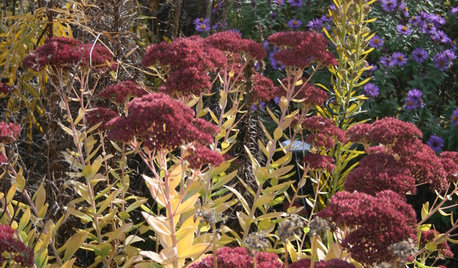
GARDENING GUIDES8 Perennials for Great Fall Color
Trees haven't cornered the market on autumn splendor. Add these flowering perennials for a foliage sight to behold
Full Story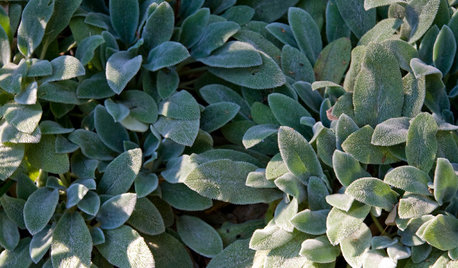
FOLIAGEThe Right Touch: 13 Soft, Fuzzy Plants for Gardens and Pots
Brush a hand on velvety foliage or fluffy plumes for a sensory garden experience beyond sight and smell
Full Story
GARDENING GUIDESHow I Learned to Be an Imperfect Gardener
Letting go can lead to a deeper level of gardening and a richer relationship with the landscape. Here's how one nature lover did it
Full Story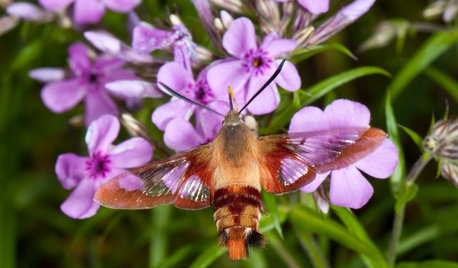
GARDENING GUIDESHummingbird or Moth? See Why You Want Clearwings Around
These fascinating moths may be helpful pollinators for your garden. Here’s how to coax them your way
Full Story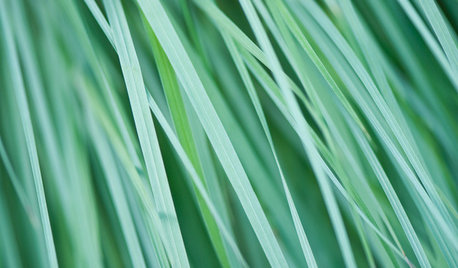
GARDENING GUIDESGreat Design Plant: Little Bluestem Goes Above and Beyond
It thrives in poor soil and provides food and shelter for wildlife. Plus, Schizachyrium scoparium is just a darn pretty native grass
Full Story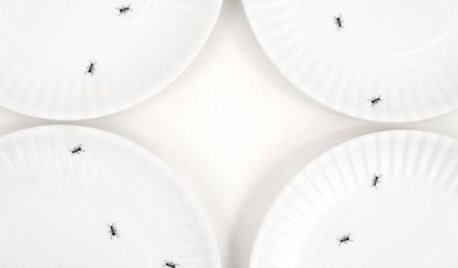
PRODUCT PICKSGuest Picks: Let the Ants Come Marching In
Catch the decorating bug — or maybe even a whole colony of ’em — with accessories sporting cute versions of crawly critters
Full Story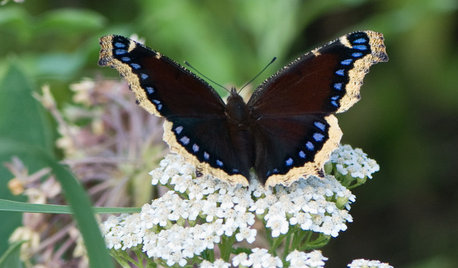
GARDENING GUIDESMourning Cloak Butterflies Herald Spring
These butterflies feed at tree-sap flows in spring and visit native plant flowers for nectar in early summer
Full Story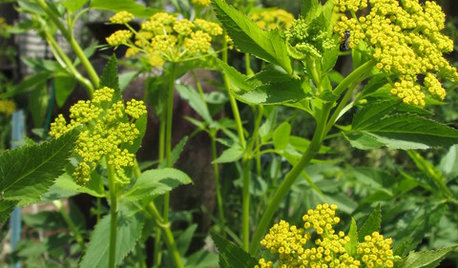
GARDENING GUIDESGreat Design Plant: Golden Alexanders for Early Spring Color
Get sunny flowers while other garden growers are still asleep, with this adaptable prairie plant beloved by butterflies
Full Story





firevicar
biophiliaOriginal Author
Related Professionals
Brentwood Landscape Architects & Landscape Designers · Cottonwood Landscape Architects & Landscape Designers · Wareham Landscape Architects & Landscape Designers · Elgin Landscape Contractors · Goodlettsville Landscape Contractors · Las Vegas Landscape Contractors · Norristown Landscape Contractors · North Richland Hills Landscape Contractors · Shoreview Landscape Contractors · Kyle Roofing & Gutters · Naples Roofing & Gutters · Washington Roofing & Gutters · Port Neches Roofing & Gutters · Derry Siding & Exteriors · Oak Creek Siding & ExteriorsbiophiliaOriginal Author
biophiliaOriginal Author
Brigitte_MiamiSprgs
nascarmonte
nascarmonte
Ygondine